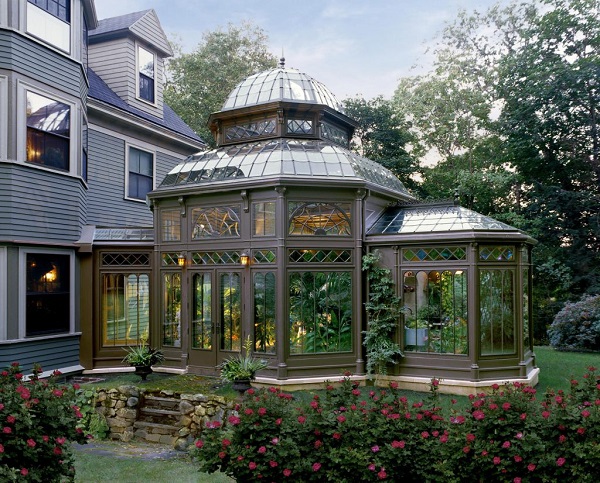
Greenhouses have long been symbols of horticultural innovation and elegance, allowing plant enthusiasts to cultivate a diverse array of flora in controlled environments. Among the various types of greenhouses, the Victorian Greenhouse stands as an enduring testament to both architectural grandeur and botanical curiosity. This article delves into the captivating history of the Victorian Greenhouse, exploring its origins, evolution, advantages, and disadvantages.
Origins and Evolution
The Victorian Greenhouse owes its name to the era during which it flourished – the Victorian period, spanning from the mid-19th to early 20th century. The roots of the Victorian Greenhouse can be traced back to earlier European traditions of orangeries and conservatories, where exotic plants were nurtured in protective environments. However, it was during the Victorian era that these structures evolved into intricate and opulent designs, showcasing the era’s fascination with botanical exploration and technological advancement.
Architectural Marvels
Victorian Greenhouses are characterized by their ornate cast iron frames, steep roofs, and expansive glass panels. These architectural marvels often featured intricate details, such as decorative motifs and finials, making them as much a work of art as a functional space. The tall, steep roofs allowed for improved air circulation and the accommodation of taller plants, while the extensive glass panels maximized sunlight exposure for optimal plant growth.
Advantages of Victorian Greenhouses
Year-Round Cultivation: One of the most significant advantages of Victorian Greenhouses is their ability to extend the growing season. By creating a controlled microclimate, these structures allowed plants to thrive regardless of external weather conditions, enabling year-round cultivation of delicate or exotic species.
Biodiversity and Exploration: Victorian Greenhouses facilitated the cultivation of a wide range of plant species from various climates and regions. This encouraged botanical exploration and the exchange of plants between different parts of the world, contributing to the diversification of flora.
Ornamental Elegance: Beyond their utilitarian function, Victorian Greenhouses were often designed to be aesthetically pleasing. Their intricate architecture and lush interiors transformed them into spaces of beauty and relaxation, offering a retreat for contemplation and appreciation of nature.
Research and Education:
Victorian Greenhouses played a role in advancing the field of botany. They provided spaces for scientific research, experimentation, and education, allowing horticulturists to study plant behavior and develop cultivation techniques.
Disadvantages of Victorian Greenhouses
High Maintenance: The ornate design and extensive glass panels of Victorian Greenhouses required regular maintenance, including cleaning, painting, and repair of delicate components. This could be time-consuming and costly.
Temperature Regulation Challenges: Despite their advancements, Victorian Greenhouses often struggled with temperature regulation. The glass panels amplified heat in the summer and made it difficult to retain warmth in the winter, leading to challenges in maintaining a consistent climate.
Limited Space: The grandeur of Victorian Greenhouses often came at the cost of limited usable space for planting. The elaborate structural elements and pathways could reduce the available area for cultivating plants.
Expense and Accessibility: Constructing and maintaining a Victorian Greenhouse was a costly endeavor, making these structures accessible primarily to the affluent. The expense of building and running such greenhouses could restrict their popularity.
In conclusion, the Victorian Greenhouse stands as a remarkable chapter in the history of horticulture and architectural design. Its fusion of botanical fascination and aesthetic grandeur produced structures that remain iconic symbols of a bygone era. While Victorian Greenhouses offered advantages in terms of year-round cultivation, biodiversity, and ornamental beauty, they also presented challenges related to maintenance, temperature regulation, space limitations, and accessibility. Today, these structures continue to inspire modern greenhouse design and remind us of the intersection between nature and human creativity.
Related Articles & Free Email Newsletter Sign Up
How to Choose the Perfect Location for Your Backyard Greenhouse
How to Decide Which Bench is Best for Your Greenhouse
Lean-to Greenhouses Have Limitations But Do Offer Many Advantages




Comment here